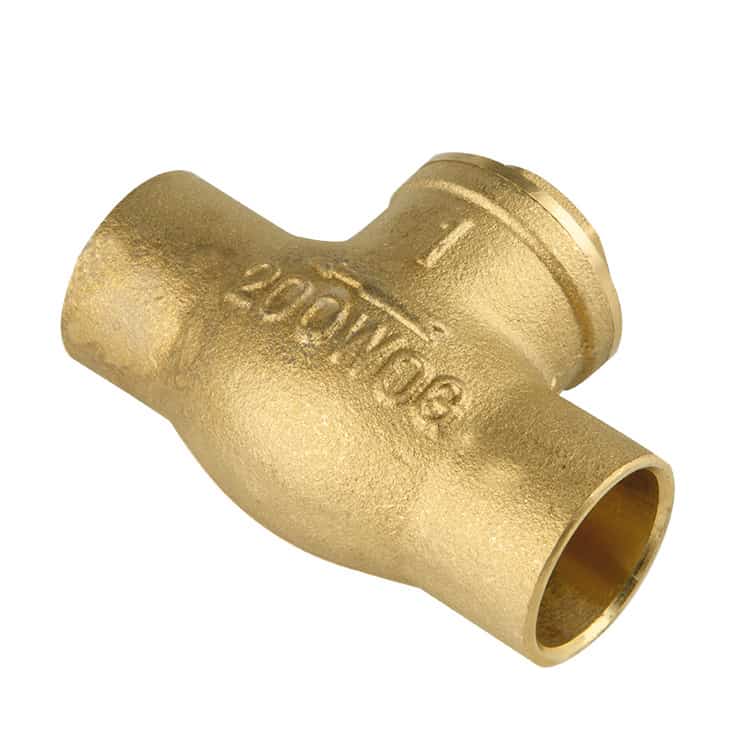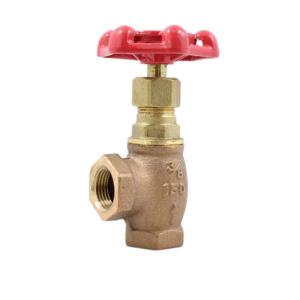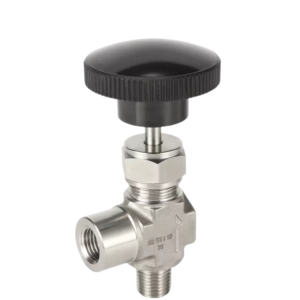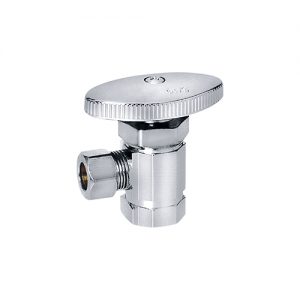Description
Swing Non-return Check Valve
JX-0618
Nominal pressure (PN) MPa: 16 drive mode: hydraulic control connection form: welding form: rotary valve role: check mode of action: single-acting valve flap form: rotary valve plate valve flap number: single valve structure form: rotary type (channel position): two-way role form: rotary function role: fast type lining material: copper alloy sealing material: copper alloy sealing mode: hard seal Pressure environment: atmospheric pressure temperature environment: room temperature flow direction: one-way can be equipped with accessories: filler applicable industry: water valve standards: national standard applicable media: water a. Scope of use
The check valve is mainly used for the one-way flow of media on the pipeline. It can automatically stop the fluid (medium) backflow, allowing the medium to flow in one direction only. Working medium for water, oil, gas, nominal pressure of 1.6MPa, working temperature -10 ℃ ≤ t ≤ 120 ℃.
Second, the product features
1. The product is made of high-quality copper using red punch forging.
2. Vertical soft seal structure is silicon rubber, and the spring material is stainless steel.
Three, the installation guide
1. Straight lift check valve should be installed in the horizontal pipeline, a vertical lift check valve should be installed in the vertical pipeline, and the media flow from the bottom up.
2. Swing check valve installation location does not have hand restrictions, usually installed in the horizontal pipeline, and can also be installed with the vertical pipeline and inclined pipeline.
3. When installation, note that the media flow put direction should be consistent with the arrow shown in the valve body.

Applications: Swing non-return check valves prevent the backflow of fluids or gases in various industrial and commercial applications. Some common applications include:
- Water and wastewater treatment plants
- Chemical processing plants
- Oil and gas refineries
- HVAC systems
- Pumping stations
- Power generation plants
- Marine and offshore applications
Raw materials: Swing non-return check valves can be made from a variety of materials depending on the application, including:
- Cast iron
- Carbon steel
- Stainless steel
- Bronze
- PVC
- CPVC
Sizes: Swing non-return check valves are available in various sizes to fit various piping systems. They can range from small sizes of 1/2 inch to larger sizes of 72 inches or more.
Works: Swing non-return check valves work by allowing flow in one direction only. The valve opens and allows it to pass through when the fluid or gas flows in the desired direction. However, when the flow reverses, the valve swings shut to prevent backflow. This is achieved through the use of a swinging disc or flap that is mounted on a hinge.
Maintenance and replacement: Regular maintenance is required to ensure the proper functioning of swing non-return check valves. This includes checking for any signs of wear and tear, such as cracks, leaks, or corrosion, and replacing damaged parts. The valve should also be cleaned periodically to remove any debris or buildup that can interfere with its operation.
When it comes to replacing swing non-return check valves, the process can vary depending on the specific valve and its installation. In some cases, the valve can be easily removed and replaced, while in other cases, it may require cutting and welding of the piping system. It’s important to consult with a professional to ensure that the replacement process is done safely and effectively.
Maintenance:
- Inspect the valve periodically for any signs of damage, such as cracks or corrosion.
- Clean the valve periodically to remove any debris or buildup that can interfere with its operation.
- Replace any damaged or worn parts promptly to avoid further damage or failure.
- Follow the manufacturer’s recommendations for the maintenance and servicing of the valve.
Replacement:
- Before beginning the replacement process, ensure that the valve is isolated and the system is depressurized.
- Remove any piping or fittings that are connected to the valve.
- Remove the valve from its mounting position.
- Check the new valve to ensure it is the correct size and type for the application.
- Install the new valve and reconnect any piping or fittings.
- Conduct testing and commissioning to ensure that the new valve is functioning properly.
It’s important to note that the replacement process can be complex and should be carried out by a qualified professional with experience in valve installation and repair. Additionally, it’s crucial to follow all safety precautions and procedures when working with valves and piping systems.







